Dupa plasarea solicitării de comandă, in sectiunea Istoric puteti vedea cate solicitări de comandă mai avem de procesat inaintea dumneavoastra
Program de lucru: Luni - Vineri 9:00 - 18:00, pauza 13:00 - 14:00.
Se efectueaza lucrari de mentenanta la site si pot aparea erori. In cazul in care intampinati erori va rugam sa reincercati mai tarziu.
Ridicarea personala este disponibila pentru comenzile achitate in avans. Se pot ridica dupa ce sunt pregatite.
Niciun produs
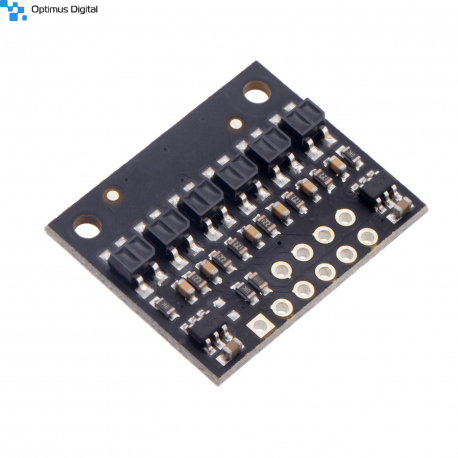 Mărește
Mărește
Senzor Infraroșu Reflectiv Pololu QTR-HD-06RC
0104110000068644
Produs nou
Senzor Infraroșu Reflectiv Pololu QTR-HD-06RC cu 6 Canale și Pas de 4 mm, Ieșire RC
Acest produs nu mai este in stoc
- Scrie o recenzie
- Elimina acest produs din lista mea de favorite.
- Adauga acest produs la lista mea de favorite.
- Imprimă
Informații
Caracteristici tehnice:
- Dimensiuni: 25×20×2.5 mm;
- Tensiunea de alimentare: 2.9 ~ 5.5 V;
- Tip senzor: QTR;
- Număr de senzori: 6;
- Distanța dintre senzori: 4 mm;
- Curent consumat la luminozitate maximă: 30 mA (independent de sursa de alimentare);
- Curentul maxim consumat: 93 mA;
- Formatul de ieșire: semnale digitale compatibile I/O care pot fi citite în paralel ca impulsuri înalte temporizate;
- Distanța optimă de detecție: 5 mm;
- Distanța de detecție maximă recomandată: 40 mm;
- Greutate: 1.5 g.
Recenzii
Clienții care au cumpărat acest produs au mai cumpărat:
-
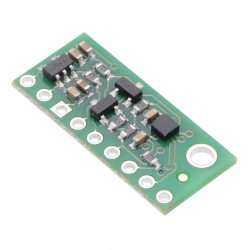
Magnetometru...
Magnetometru triaxial LIS3MDL cu stabilizator...
$17.28
-
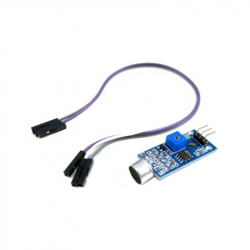
Modul Senzor...
Acest modul este foarte util pentru detectarea...
$1.39
-
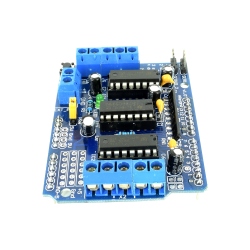
Shield cu...
Shield cu driver de motoare L293D util pentru a...
$3.71
-
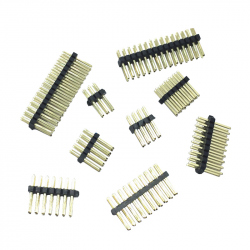
Header de...
Header de Pini Tată de 1.27 mm 2 x 20p
$1.94
-
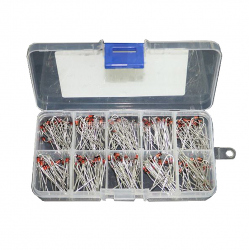
Kit Diode...
Kit Diode Zener (10 tipuri, 200 buc)
$7.20
-
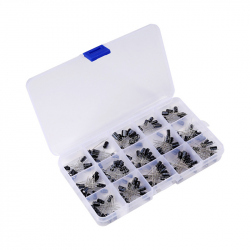
Kit...
Kit condensatoare electrolitice (15 tipuri, 200...
$6.00
-
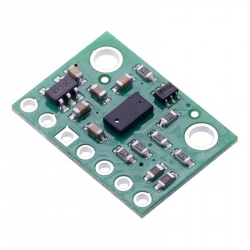
Senzor de...
Acest modul încorporează senzorul de lumină...
$19.20
-
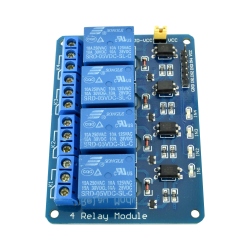
Modul cu 4...
Modulul cu 4 relee este util pentru controlul a...
$3.33
-
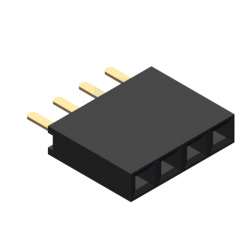
Header de...
Header de Pini Mamă 4p 2.54 mm
$0.12
-

Șurub cu Cap...
Șurub cu Cap Hexagonal M6x35 mm
$0.36





